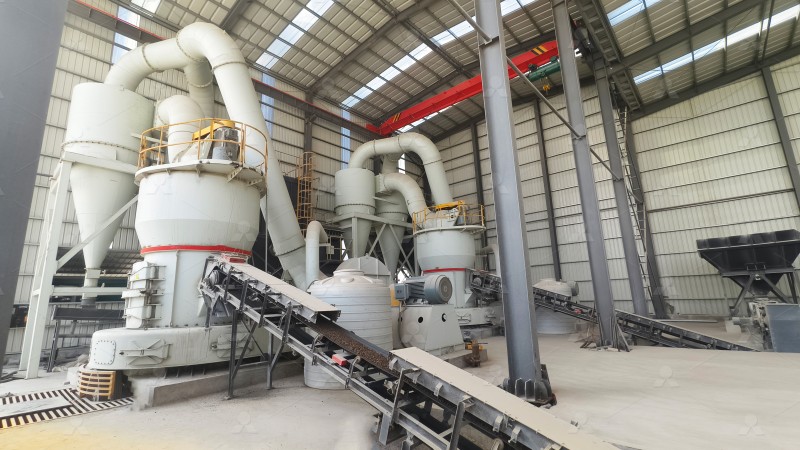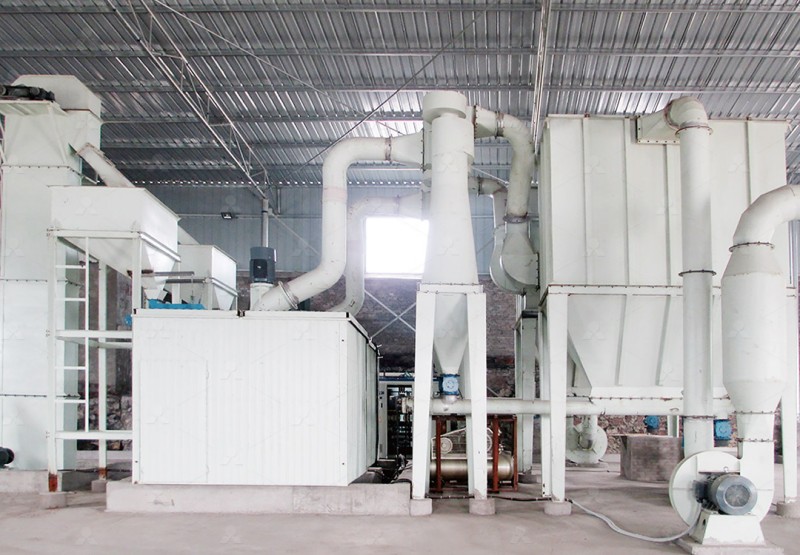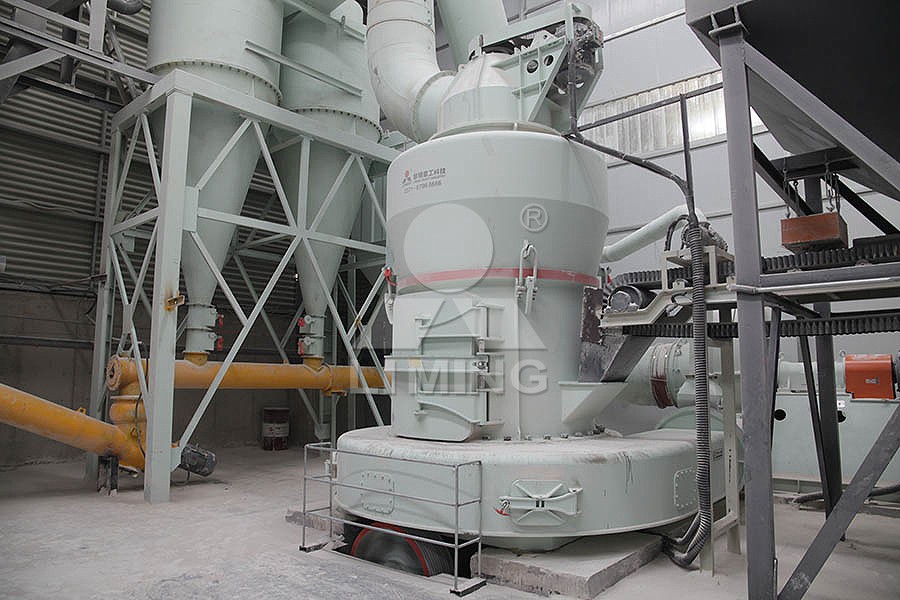Limestone Grinding Mill Machine Process Flow Explained
Understanding Limestone Grinding: From Raw Material to Fine Powder
Limestone grinding represents a critical process in numerous industrial applications, transforming coarse limestone rocks into fine powders essential for construction materials, chemical manufacturing, and environmental applications. The journey from raw limestone to finished powder involves several precisely engineered stages that determine final product quality and operational efficiency.
The Comprehensive Grinding Process
The limestone grinding process begins with primary crushing, where large limestone rocks are reduced to manageable sizes typically between 0-20mm. This initial size reduction is crucial for optimizing subsequent grinding operations. The crushed material then undergoes careful drying when necessary, as moisture content significantly impacts grinding efficiency and final product quality.

Following preparation, the material enters the grinding chamber where the actual size reduction occurs. Modern grinding mills employ various mechanisms – from roller and ring systems to ball impacts – to progressively reduce particle size. The ground material then moves to classification systems, where precise particle separation ensures only properly sized particles proceed as final product, while oversize material recirculates for further grinding.
Advanced Technology in Modern Grinding Solutions
Contemporary grinding technology has evolved significantly from traditional approaches. Today’s equipment incorporates intelligent control systems, advanced material handling, and environmental considerations throughout the entire process. The integration of automated monitoring allows real-time adjustment of operational parameters, ensuring consistent product quality while optimizing energy consumption.
For operations requiring ultra-fine limestone powders with exceptional consistency, our MW Ultrafine Grinding Mill represents the pinnacle of grinding technology. This advanced system processes materials with input sizes up to 20mm and delivers capacities ranging from 0.5 to 25 tons per hour. Its innovative design eliminates rolling bearings and screws within the grinding chamber, significantly reducing maintenance concerns while providing adjustable fineness between 325-2500 meshes.

Environmental and Operational Considerations
Modern limestone grinding operations prioritize environmental stewardship through integrated dust collection systems and noise reduction technologies. The MW Ultrafine Grinding Mill exemplifies this approach with its efficient pulse dust collector and muffler system, ensuring minimal environmental impact while maintaining high production standards. The fully enclosed system operates under negative pressure, preventing dust escape and maintaining clean working conditions.
Operational efficiency extends beyond mere production rates to encompass energy consumption, maintenance requirements, and overall system reliability. The MW series achieves remarkable energy efficiency, consuming only 30% of the energy required by jet grinding mills while delivering 40% higher production capacity. This efficiency translates to significant operational cost savings over the equipment’s lifespan.
Application-Specific Solutions
Different industries demand specific limestone powder characteristics. Construction applications typically require consistent particle size distribution for optimal concrete performance, while chemical and industrial applications may prioritize ultra-fine powders with precise chemical properties. Understanding these requirements allows for proper equipment selection and process optimization.
For operations needing vertical grinding solutions, our LUM Ultrafine Vertical Grinding Mill offers exceptional performance with input sizes up to 10mm and capacities between 5-18 tph. Its unique roller shell and lining plate grinding curve design promotes efficient material layer formation, enabling high finished product rates through single-pass milling while enhancing product whiteness and cleanliness.

Frequently Asked Questions
What is the typical particle size range for ground limestone?
Modern grinding mills can produce limestone powders ranging from coarse grades around 100 mesh to ultra-fine powders reaching 2500 mesh, with specific ranges dependent on equipment capabilities and application requirements.
How does moisture content affect the grinding process?
Excessive moisture can lead to material clogging, reduced grinding efficiency, and inconsistent product quality. Most modern mills incorporate drying capabilities or require pre-dried materials for optimal performance.
What maintenance considerations are important for grinding mills?
Key maintenance aspects include regular inspection of grinding elements, monitoring of classifier operation, and maintaining proper lubrication systems. Equipment like the MW Ultrafine Grinding Mill minimizes maintenance through designs that eliminate internal bearings and screws.
How do I determine the appropriate grinding mill for my application?
Selection depends on production capacity requirements, desired product fineness, material characteristics, and specific application needs. Consulting with technical experts can help match equipment capabilities to operational requirements.
What environmental controls are typically incorporated?
Modern systems include pulse jet dust collectors, sound dampening equipment, fully enclosed systems, and automated monitoring to ensure compliance with environmental regulations while maintaining operational efficiency.
